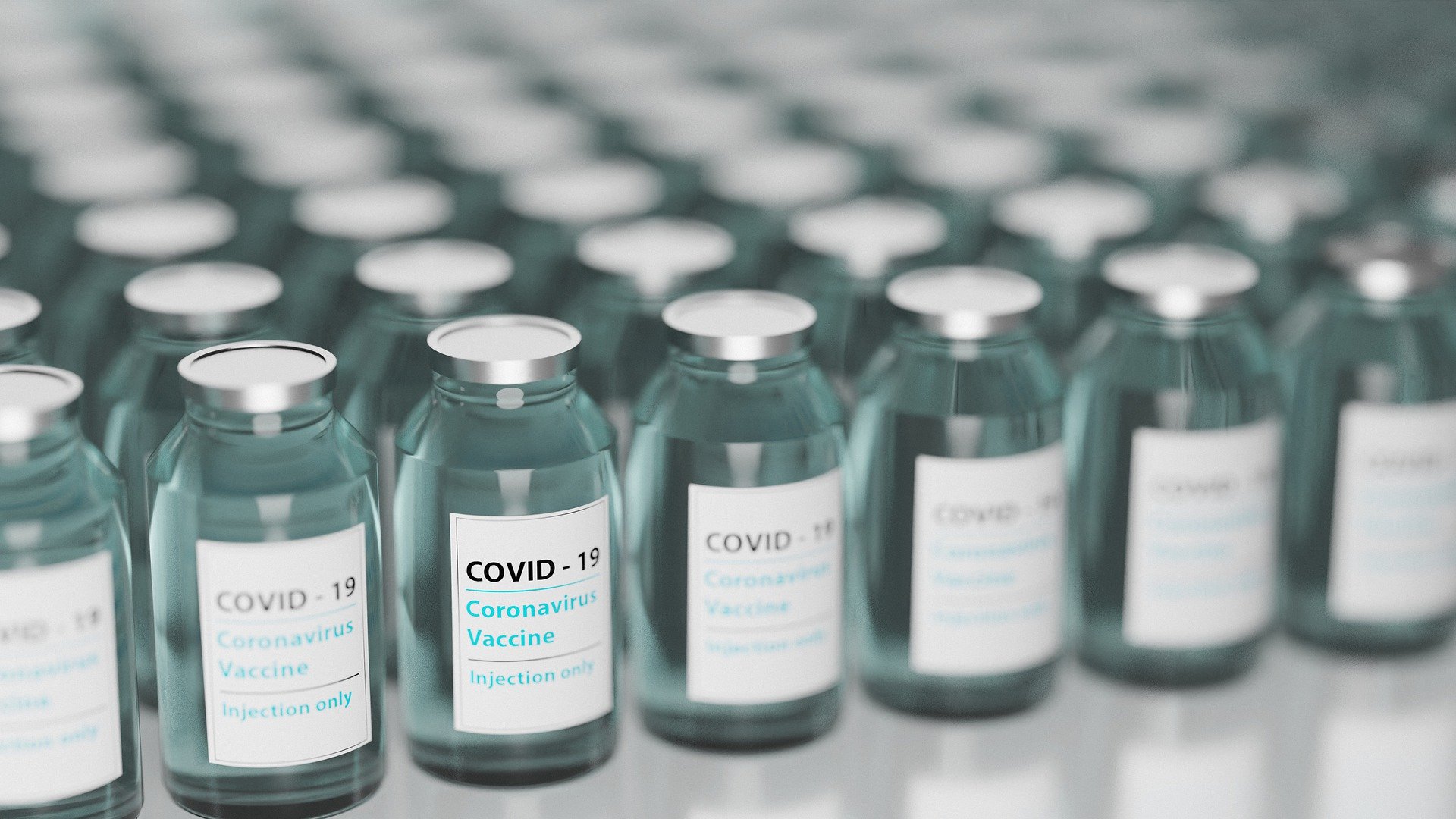With the distribution of COVID vaccine well underway, you might be thinking, “When’s it going to be my turn to get vaccinated?” You might also be thinking, after observing the largely disjointed and chaotic rollout of the available vaccines, “Do I really need the second COVID vaccine dose?”
In a word? Yes. Here’s why.
The First Dose
When given both doses of the Pfizer-BioNTech and the Moderna vaccines, studies have shown that their effectiveness at preventing COVID-19 hovers around 94 and 95 percent, respectively. But when only one dose is received, Moderna’s efficacy is only 80 percent, and Pfizer-BioNTech’s is an even lower 52 percent.
So why the disparity between the first and second COVID vaccine dose? Well, that has mainly to do with how our bodies activate white blood cells, known as lymphocytes, to train against the harmless coronavirus proteins produced by the vaccine. Essentially, our immune system sends two types of lymphocyte in response: T cells and B cells, our bodies’ initial line of defense. First, “helper” T cells identify what kind of threat the body is dealing with. Once a target is identified, B cells are assigned to produce antibodies that both render the foreign invader harmless and tag infected cells for destruction by “killer” T cells.
When given the first dose, both T cells and B cells are produced in large amounts, but after the initial wave, the number of B cells decreases rapidly as the threat diminishes. Some T cells, however, known as “memory” T cells, stick around ready to fight — and assign new antibody-producing B cells — just in case the foreign proteins ever come back.
The Second Dose
It’s thanks to those lingering “veterans” of the first dose, the memory T cells that people who have gotten the first dose have some immunity against COVID. But in order to be an effective vaccine, a few well-trained troops are not enough. And that’s where the second “booster” dose comes in.
Much like the first dose, the booster dose introduces harmless coronavirus proteins that trigger the body to produce an immune response, and more T cells and B cells are marshalled in defense. But unlike the first dose, the memory T cells have seen this particular foe before, giving the body a playbook for how to fight back. Which means that, after the coronavirus protein invaders produced by the vaccine are put down, even more memory T cells are left over, and the antibodies produced by the body’s B cells are even more effective at neutralizing and tagging coronavirus-infected cells for destruction.
Ready For the Real Thing
In other words, the job of the first dose is to prime the immune response, and the booster dose fortifies it. What’s left, then, is a seasoned army of coronavirus-fighting lymphocytes, ready and waiting if the actual coronavirus shows up.
The CDC recommends, for folks who’ve gotten the first dose of the Pfizer-BioNTech vaccine, that a second dose is administered three weeks later, and for people given the first dose of the Moderna vaccine, four weeks later. So when it’s your turn, make sure you keep to your particular schedule.
Forward is here to answer all of your COVID vaccine questions—and we offer vaccinations, too. Our COVID-19 program provides a range of services, including symptom assessments, testing, up-to-date guidance, and the latest science-based treatments for members who test positive.


